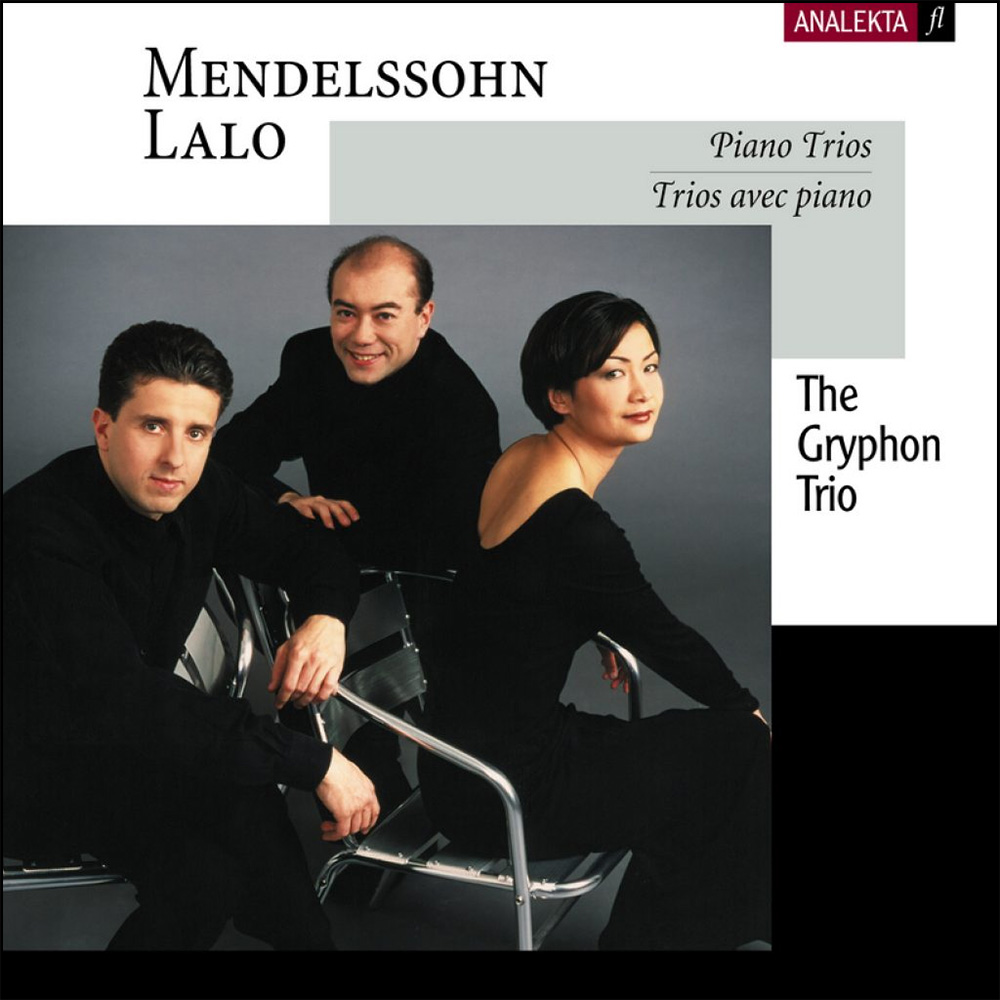Mendelssohn, Lalo: Piano Trios
The nineteenth century has left us many of the most precious treasures of the chamber music repertoire, despite an artistic tendency towards opulence that inevitably encouraged virtuosic works for solo piano or full orchestra. Indeed, even as revolutionary composers began to abandon the traditional small ensembles of the Classical period in search of new instrumental combinations, others, following in Beethoven’s footsteps, continued to develop these ensembles and establish them firmly in their own time. Swept along by the spirit of the day, Romantic chamber music came to be defined by an increasingly important role of the piano within the ensemble: the reign of the string quartet was eventually brought to an end, making way in particular for the piano trio with violin and cello. Throughout the Romantic repertoire, many works bear witness to the richness of this genre.
The Second Piano Trio, Op.26 by Felix Mendelssohn and the Third Trio, Op.26 by Edouard Lalo are of course only two examples of the genre, but undeniably splendid specimens, brought to light in this recording.
© 2001 Noémie Pascal, for Traçantes, writing and translation services of the Société québécoise de recherche en musique. (Translation: Catrina Flint de Médicis)
